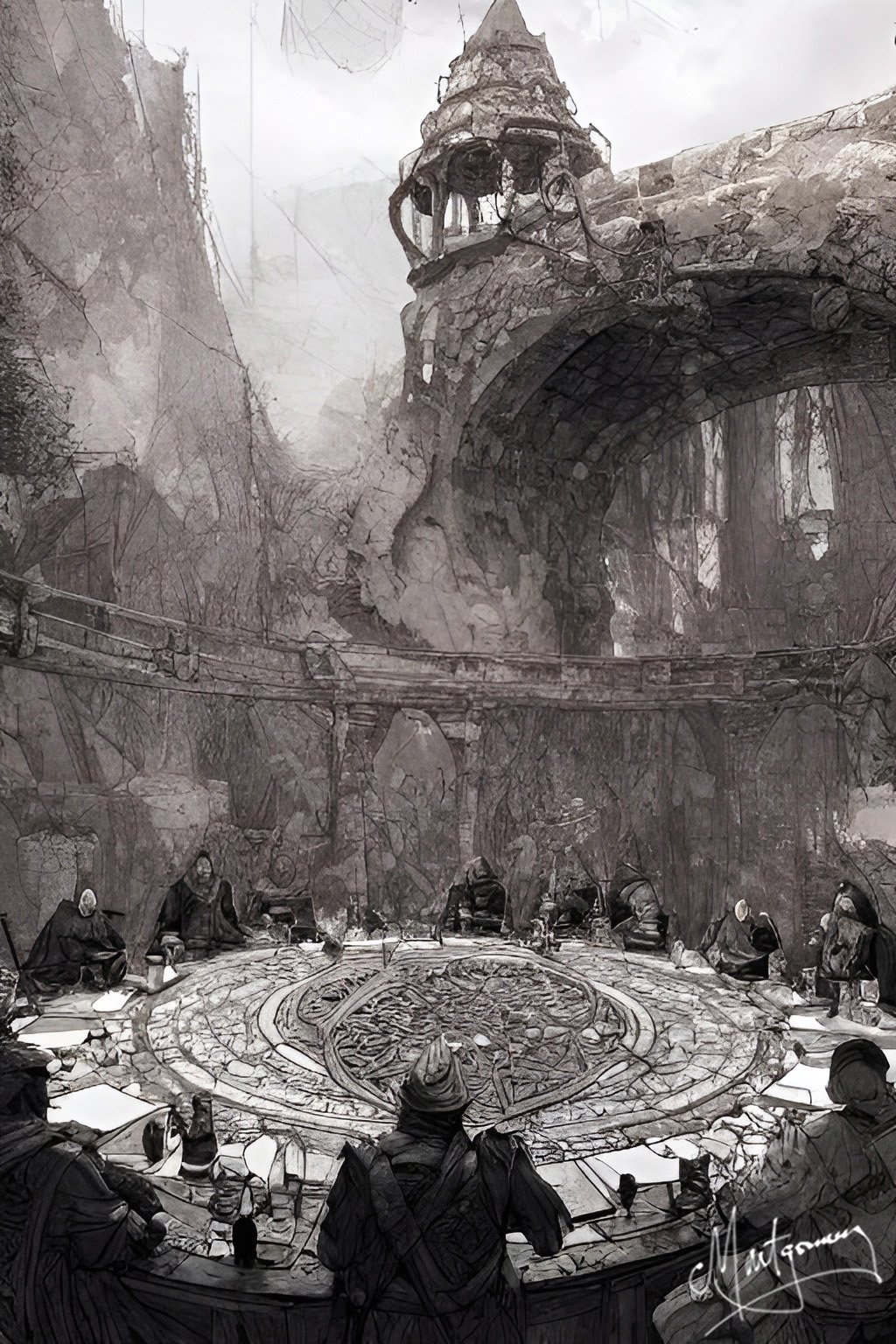Conceptualizing the land of erathe

The Vision for The Sword of the Watch
As I was writing The Sword of the Watch, I thought of scenes visually. That's probably the result of having to do so for years in writing screenplays for Corporate projects. Most clients don't think that way, so you're forced to convert their ideas into visuals from the outset if you want to get to location with a clue about what really needs to be done.
I wanted The Sword of the Watch to consist of breathtaking locations, characters and props, with an eye toward actually producing said costume or prop both for production work and to mass produce for merchandise sales.
I began by embracing AI for concepting. A huge expense to many productions is the cost of creating the initial visuals. AI became a game-changer in that regard, though it certainly wasn't enough to just tell the AI once and viola! the perfect concept. Nope, it would take a LOT of AI prompting to create something appropriate and usuable, and most of the results had the same issues as any other Concept Art: no regard for actually building the concept.
Honestly though, the AI allowed us to quickly generate a LOT of concepts--some fabulous, some absolutely unusable.
Over time, the prompting language became more familiar and what had been very hit and miss slowly became an incredible asset to visual concepting.
Milestones
1
Completed Literary Work
Every great artist wants a great story to tell. The Sword of the Watch is that story.
2
Proven Workflows
We've invested heavily in getting the tools needed and completing testing to prove out production workflows.
3
Production Integration
The production pipeline now encompasses concept artwork, character creation, prop creation, VFX, PFX, body motion capture, facial motion capture, hard surface and organic modeling, 3D printing, terrain design, sky systems, particle FX, rendering, editing and color grading.
